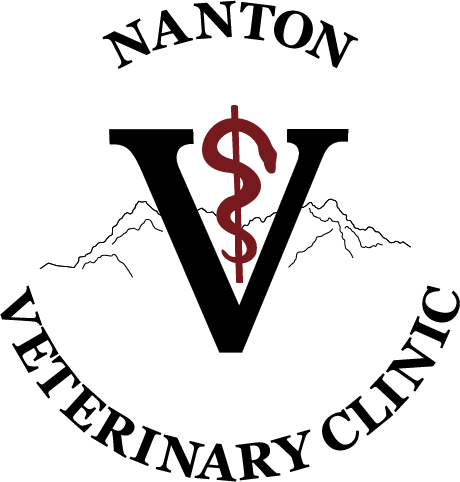Educational Articles
-
Keratoconjunctivitis sicca (KCS) is also commonly referred to as dry eye. It is a common eye condition resulting from inadequate production of the watery portion of the tear film by the lacrimal gland or the third eyelid gland. Dogs with KCS have painful, red eyes with a thick yellow discharge. They may have secondary infections or corneal ulcers. Chronic cases have scarring on the cornea, impairing vision. The prognosis for dogs diagnosed with KCS is good with long-term treatment and diligent monitoring.
-
Lameness is an inability to properly use one or more limbs due to pain or weakness. The most common causes of sudden lameness in dogs are soft tissue injury (strain or sprain), injury to a joint, bone fracture, or dislocation. Your veterinarian will determine the best course of action based on your pet's condition, a detailed examination, and the results of diagnostic tests. Definitive diagnosis of the cause can be difficult. In some cases, a trial with anti-inflammatory medications and rest may be necessary.
-
Laryngeal paralysis is a condition that causes dysfunction of the larynx causing reduced ability to breathe deeply and can obstruct the airway. It can be a congenital condition of young dogs or may be due to a neuromuscular disease in older dogs. Clinical signs include coughing, noisy breathing, and exercise intolerance. A definitive diagnosis is made through an examination of the larynx with an endoscope or laryngoscope. Treatment of mild cases involves environmental management to reduce any stress on the larynx and medications used for flareups. More severe or congenital cases require surgery.
-
Laser surgery is a procedure that generates a beam of light energy at a specific wavelength, resulting in the cutting of tissues. There are three major advantages of laser surgery when compared to traditional stainless steel surgical scalpels, which are decreased pain, decreased inflammation, and improved tissue healing. Routine procedures such as ovariohysterectomy and castration are commonly done with laser.
-
Laser surgery is a procedure that generates a beam of light energy at a specific wavelength, resulting in the cutting of tissues. There are advantages of laser surgery when compared to traditional stainless steel surgical scalpels, which are decreased pain, decreased inflammation, reduced blood loss, and improved tissue healing. Routine procedures such as ovariohysterectomy and castration are commonly done with laser.
-
The femoral head is the ball part of the hip joint and if it develops necrosis or dies, it can no longer function properly. Necrosis is due to loss of the blood supply to the femoral head, which may be the result of a growth abnormality or trauma to the hip. It is a hereditary condition of small breed dogs. The most common clinical signs are slowly progressing hind limb lameness with a resulting inability to bear weight on the affected limb or both hind limbs. Diagnosis is made by radiographs of the hip joint. The treatment of choice is femoral head and neck ostectomy, which results in a good prognosis.
-
This handout discusses lens luxation in dogs. The lens is the transparent structure within the eye that focuses light on the retina. Lens luxation is when the support ligaments of the lens weaken or break, causing the lens to dislocate from its normal position. The various types, clinical signs, heredity of the condition, diagnosis, treatment, and prognosis are outlined.
-
One particularly dangerous type of foreign body in cats is a linear foreign body: a long, thin object such as string, yarn, or tinsel. If one end of the linear foreign body becomes lodged in the gastrointestinal tract, intestinal perforation may occur due to bunching up of the intestines. The most common signs of a linear foreign body include vomiting, anorexia (refusal to eat), dehydration, and lethargy. If your veterinarian suspects a linear foreign body, your cat will need an exploratory laparotomy (abdominal surgery).
-
Lumbosacral disease, or cauda equina syndrome, is caused by the narrowing of the spinal canal and results in compression of the spinal nerve roots; pressure on the nerves that exit the spine cause the clinical signs. This pressure may be due to a narrowed spinal canal caused by arthritis, intervertebral disc herniation, an infection in the disc, trauma, congenital malformation, or a spinal tumor. Dogs with lumbosacral disease are in pain. If the clinical signs and radiographs suggest lumbosacral disease, advanced imaging such as MRI or CT is recommended to make a diagnosis. Treatment involves either conservative medical treatment or surgical intervention.
-
A luxating patella is a kneecap that 'pops out' or moves out of its normal location. Signs include intermittent lameness, an unusual 'skipping' on the affected leg when the cat walks or runs, or difficulty jumping. A luxating patella can be corrected surgically, especially if the patella luxates frequently. If your veterinarian performs surgery before arthritis or another knee injury occurs, the prognosis is excellent.

